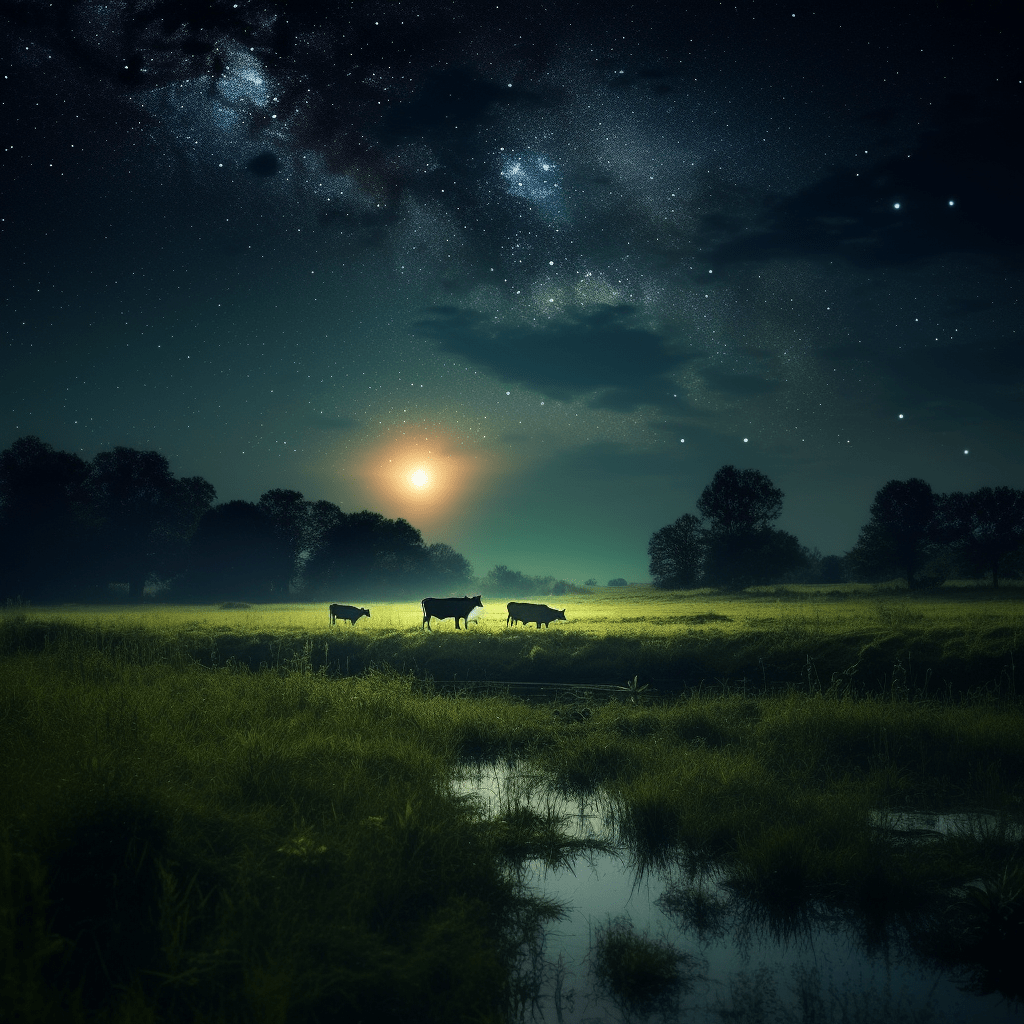Producing a large-scale NFT collection of 10,000 unique digital assets is an exciting and challenging venture. Documenting the journey from conception to production offers valuable behind-the-scenes insights into the creative, technical, and strategic aspects of this ambitious project. In this article, we will explore the crucial steps involved in bringing a vast NFT collection to life, providing an inside look at the dynamic world of digital art creation.

Conceptualization and Creative Strategy
The initial stages of an NFT project are driven by creativity and vision:
- Brainstorm a Unique Idea: Uncover the essence of your NFT collection by identifying a compelling theme or narrative that distinguishes your project from others and resonates with your target audience.
- Choose a Visual Aesthetic: Determine a distinct and consistent visual style that strengthens your collection’s identity and contributes to its overall appeal.
- Collaborate and Network: Engage with fellow creators, artists, or designers to exchange ideas, gain fresh perspectives, and build a network of support to fuel your project’s growth.
Harnessing Generative Art Techniques
Efficient NFT production relies on generative art techniques that utilize automation and modularity:
- Design Modifiable Art Components: Create modular artwork elements, such as characters, backgrounds, and accessories, which can be combined to generate endless unique variations.
- Embrace Layering: Use layers for different design components to simplify the mixing and matching process, enabling rapid and efficient creation of distinctive NFT combinations.
- Experiment with Generative Algorithms: Employ specialized software or custom-coded algorithms to expedite the generation of unique NFTs, maintaining consistency and quality throughout the collection.
Integrating Blockchain Technologies and Smart Contracts

The seamless incorporation of blockchain technology and smart contracts underlies the functionality and success of an NFT project:
- Select an Appropriate Platform: Choose a blockchain network, such as Ethereum or Binance Smart Chain, that aligns with your project requirements, prioritizing factors like transaction costs, scalability, and community engagement.
- Develop Reliable Smart Contracts: Work with experienced developers to create and deploy robust smart contracts governing the minting, trading, and ownership of your NFTs, while integrating any desired additional features or functionality.
- Prioritize Security and Optimization: Ensure your smart contracts are secure, efficient, and optimized for complete user satisfaction and minimized risks during the creation, transfer, and trading of your NFTs.
Marketing and Community Outreach
Connecting with your audience and promoting the collection is key to the overall success of any large-scale NFT project:
- Employ Multi-Channel Promotion Strategies: Utilize a combination of social media channels, content marketing, and influencer collaborations to showcase your NFTs, spark interest, and draw in potential collectors.
- Build a Supportive Community: Cultivate an engaged and enthusiastic fanbase through social media, chat platforms, and forums, promoting discussion, collaboration, and exclusivity to further instill a sense of belonging among your followers.
- Host Exciting Events: Organize virtual events like auctions, giveaways, or pre-sale campaigns to generate buzz and excitement around your collection, keeping the audience engaged and invested in your project’s success.
Continuous Monitoring and Adaptation

To maintain your NFT project’s success in the dynamic digital art landscape, ongoing evaluation and adaptation are essential:
- Analyze Project Metrics: Regularly assess key performance indicators for your collection, such as sales, user engagement, and community growth, utilizing the data to make informed adjustments to your strategy.
- Gather Feedback and Iterate: Engage with your audience, collecting feedback to uncover areas that require improvement or expansion. Use this insight to refine your designs, maintain relevance, and boost appeal.
- Stay Ahead of Market Trends: Keep a close eye on the latest trends and advancements in the NFT space. Continuously update your knowledge and skills to ensure your project stays at the forefront of the industry and remains competitive.
In conclusion, documenting the journey of creating a collection of 10,000 NFTs offers a unique behind-the-scenes perspective on the creative, technical, and strategic challenges involved in large-scale digital asset production. By focusing on concept development, generative art techniques, blockchain integration, marketing, and continuous adaptation to the evolving market, you will gain an in-depth understanding of the NFT creation process and the potential for extraordinary success in the rapidly growing world of digital collectibles.
